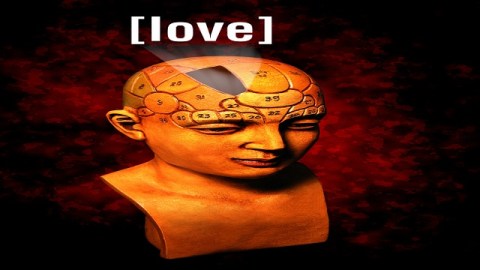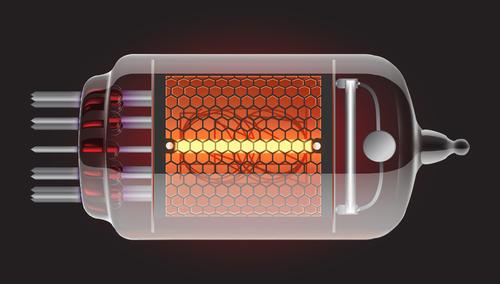Love vs. Lust (and the Brain)

One of the most common questions I’m asked when I give lectures is how the brain differentiates love and lust. It’s an interesting question — and as most of us have confused love and lust a time or two (or sixteen), it’s an important one. After all, how many of us have been burned by confusing love and lust? It’s all so confusing. How can we really know whether what we have with a partner is something truly lasting or just some kind of residual sex haze? I think most of us believe that we would make better relationship decisions if there were a hard and fast way to tell the difference.
During the course of my research for Dirty Minds: How Our Brains Influence Love, Sex and Relationships, I asked Helen Fisher, an biological anthropologist at Rutgers University, about this. Her pioneering work into the neural substrates of love identified three distinct yet overlapping systems for love: the hypothalamus for lust, the ventral tegmental area (VTA) for romantic love and the ventral pallidum for attachment. And in terms of confusing love and lust, she says that the two are very closely aligned, both in experience and biology.
“These brain systems often work together, but I think it’s fair to say they often don’t work together too,” Fisher told me. “One might feel deep attachment for one partner, be in romantic love with another partner,and then be sexually attracted to many others. There’s overlap, but like a kaleidoscope, the patterns are different.”
And that kaleidoscope can change based on experience, age or other environmental factors. When I pressed on the lust/love question, she simply said that lust can turn into love–and vice versa (something that most of us know firsthand). But she couldn’t offer any concrete, nitty-gritty answer about how to tell the two apart.
Jim Pfaus, a researcher at Concordia University, has also looked at the brain in love and lust. Like Fisher, he’s found that love and sex are distinct, yet overlapping. But he believes that lust can often lead to love. And it all comes down to our striatums and insulas.
Pfaus has found that love and desire activate different parts of the striatum. Lust may not just impact the hypothalamus, but also the ventral striatum, an important part of the brain’s reward system.
But he also found that desire was linked to insula activation. The insula (sometimes referred to as the insular cortex) lies deep within the cerebral cortex. It is responsible for giving meaning to emotional states. And this, Pfaus argues, means that lust can often transition into love over time.
Of course, Pfaus’ study still doesn’t tell us how, in the heat of the moment, we can decide whether we are feeling the headiness of love or desire. But it provides a little bit more insight into why it’s so easy to be confused. And also supports the idea that a little lust can, eventually, lead to love…if we let it.
Photo credit: Stephen Coburn/Shutterstock.com





